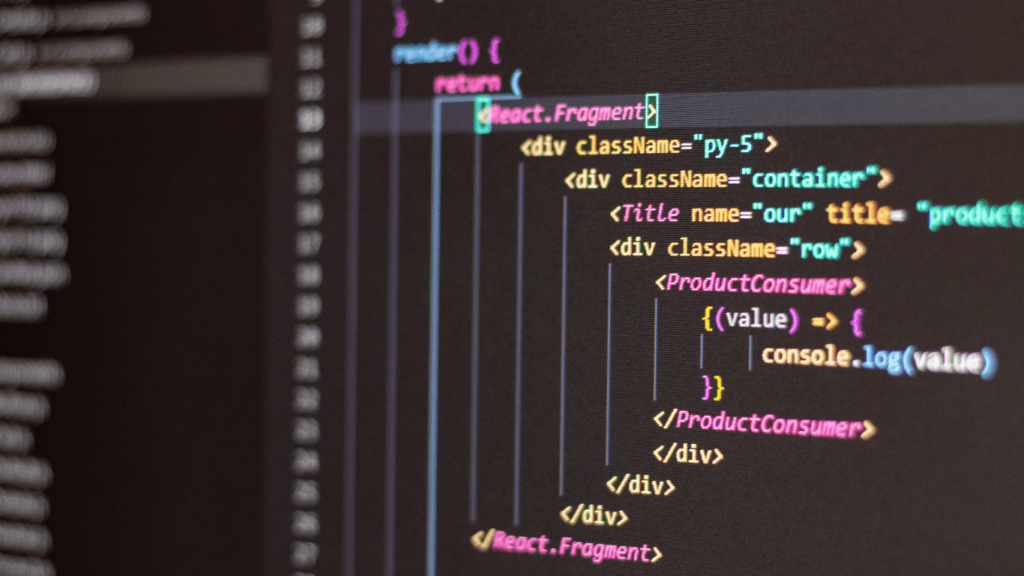In today’s digital age, social media algorithms play a pivotal role in determining the visibility of content. As a content creator, understanding how these algorithms work is crucial for maximizing reach and engagement. With platforms constantly evolving their algorithms, staying informed is key to staying ahead in the digital landscape.
Navigating the complexities of social media algorithms can be challenging, but it’s essential for anyone looking to make an impact online. From influencing what content users see on their feeds to shaping trends, these algorithms have a significant influence on the digital ecosystem. In this article, I’ll delve into the intricate workings of social media algorithms and explore their profound effects on content visibility.
Understanding Social Media Algorithms
When it comes to social media algorithms, understanding how they function is crucial for content creators like me. These algorithms play a significant role in determining the visibility and reach of our content, impacting engagement rates and overall success. To stay relevant in the digital landscape, it’s essential to keep up with the ever-changing algorithms to ensure our content remains visible and resonates with our audience.
How Algorithms Determine What You See
As a content creator, I rely on social media algorithms to determine what my audience sees in their feeds. These algorithms analyze various factors such as engagement levels, relevance, and timeliness to prioritize content. By understanding how these algorithms work, I can tailor my content to align with what the platform values, increasing the chances of reaching a larger audience.
Changes in Algorithms Over Time
Adapting to the changes in social media algorithms is a constant reality for me. Platforms frequently update their algorithms to enhance user experience and combat spammy or low-quality content. As a result, I need to stay informed about these changes and adjust my content strategy accordingly to maintain visibility and engagement levels. Keeping up with algorithm updates allows me to optimize my content for maximum impact in a dynamic digital environment.
Impact on Content Creators
As a content creator, staying abreast of social media algorithms is crucial for maximizing visibility and engagement.
- Shifting Strategies for Higher Visibility
I adapt my content strategies continuously to meet the demands of evolving algorithms. - The Role of Engagement Metrics
I prioritize engagement metrics to gauge the performance of my content and optimize for increased visibility.
Impact on Consumers
Social media algorithms have a profound impact on consumers, shaping their online experience and influencing the content they see. Let’s delve into how these algorithms affect users directly.
Filtering and Personalization of Content
Algorithms on social media platforms filter and personalize content based on user behavior, preferences, and interactions. This tailored approach means that consumers are more likely to see content that aligns with their interests, leading to a more engaging and relevant online experience. By customizing their feeds, platforms can keep users hooked and increase overall engagement.
Potential for Echo Chambers
However, a drawback of algorithm-driven content personalization is the potential creation of echo chambers. These echo chambers are virtual spaces where individuals are exposed only to information that reinforces their existing beliefs and opinions. While this can enhance user experience in the short term, it may limit exposure to diverse perspectives and hinder critical thinking. Consumers need to be aware of the echo chamber effect and actively seek out diverse content to ensure a well-rounded online experience.
Ethical Considerations
When it comes to the impact of social media algorithms on content visibility, it’s essential to address ethical considerations that arise from algorithm design and user interactions. These considerations play a significant role in shaping online experiences and content consumption.
Bias in Algorithm Design
In the realm of social media algorithms, the presence of bias in design poses ethical challenges. Algorithms are crafted by individuals with their own perspectives and biases, which can inadvertently influence the content users are exposed to. This bias can impact the diversity of content, reinforcing certain narratives while possibly marginalizing others. It’s essential to address and mitigate bias in algorithm design to ensure fair and inclusive content visibility across platforms.
Transparency with Users
Transparency is key when it comes to social media algorithms and user interactions. Users should have a clear understanding of how algorithms operate and influence the content they see. Providing transparency builds trust and empowers users to make informed decisions about their online interactions. Platforms should strive to be transparent about their algorithms’ functioning, ensuring users have visibility into why certain content is prioritized over others. This transparency fosters a more open and informed digital environment for all users.


